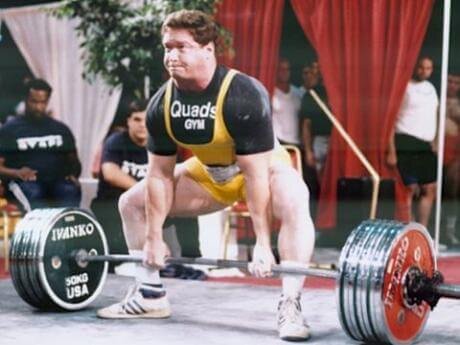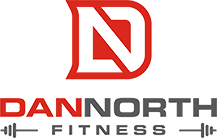“If you fail to plan, you plan to fail.”

That’s what a program is…a plan. It’s how you organize your workouts to reach an ultimate goal.
In a program, your workouts compliment each other. This is what is commonly referred to as “training”.
On the other hand, just going to the gym and doing whatever comes to mind is more of a randomized approach, with your workouts ending up contradicting each other.
In my opinion, it makes more sense to at least have somewhat of a plan when you go to the gym so you can get the most out of your time and hard work spent sweating and lifting heavy shit.
Maybe that’s just me?
Some things to consider when writing your program:
Be honest with yourself: You might have ambitious goals, which is great. But be honest with yourself from the very start. Look at where you are now and where you want to be and use your program as a realistic plan to get there. And then beyond.
Decide what your goals are: Do you want to get stronger? Do you want to build size? Do you want to lose fat but still build strength? These are all things to consider when writing your program.
Decide how frequently you can consistently workout: This is where honesty is key. You’re better off training consistently 3 times per week for a year then trying to get in the gym 5-6 days a week and failing within your first month. In terms of getting the most out of your program, consistency is the number one asset.
Pick a training split: We’re going to dive in deep with this. Keep reading.
Know where you’re starting: If you don’t know where you are now, it’s going to be tough to know how to get to where you want to be. But how do you know where you’re currently starting?
RELATED ARTICLE: 100 BULLET-PROOF BULLET-POINTS: HOW TO GET STRONGER AND LOSE FAT
Check yourself on the following:
1. Pre-existing and/or current injuries

Got some nagging pains and aches? Are you currently experiencing any injuries? Or have you experienced any injuries in the past and are dealing with some of the repercussions?
Ask yourself these questions and if you need help determining better answers, go see a professional for their input. They’ll be able to give more valuable insight than any article on the internet and can help determine which direction is best suited for you and your current capabilities, so you make things better instead of worse.
2. Training history
How long have you been training? If your answer is only a few months, it might be a better idea to have someone program for you (at least for now until you gain some more experience). On the other hand, if you’ve been training for a while, take a good look at what you’ve been doing in the gym for the past several months, if not years, to get a better idea of where you want to go moving forward.
3. Goals

What are your goals? What do you want to improve? Why do you want to improve? Start with why. Why the hell are you starting a program in the first place? When you know why you’re doing something, it becomes a lot easier to determine how to get it done.
4. Personal preferences
You might absolutely hate deadlifting. You might absolutely love working with kettlebells. The best part? The choice is completely yours! The thing about working out and training is it needs to have what’s known as a “pulling effect” on you. If you dread going to the gym, chances are you’re not going to go. On the other hand, if you get excited about training and it lights a fire under your ass, you’re more inclined to stay consistent. And remember that the most valuable asset of any training program is not the exercises you’re doing, it’s your level of consistency.
5. Weaknesses/imbalances

This part of the puzzle is 100% completely unique to you and your body. Everyone has their own weaknesses and imbalances they should be addressing. The question is, what do you need to be working on specifically? You might already know and just need to put in the work. If you don’t know which imbalances or weaknesses you should be working on to improve, try seeing a professional to take a closer look. We all have weaknesses, and they will remain our weaknesses until we decide to make them stronger.
TRAINING SPLITS
A training split is how you organize your workouts throughout the week. When it comes to which training split you should choose, you have plenty of options.
2 x per week: Both full body
(Mon/Thurs or Tues/Fri)
If you train twice per week, make them both full body. Why? Split body (working 1-2 muscle groups per workout) won’t give your muscles the amount of frequency needed to generate progress.
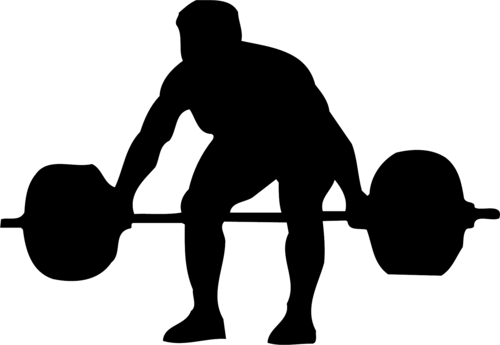
This split is great for a lot of athletes who want to use weight lifting to enhance their athletic capabilities without overtraining and interfering with their performance in their given sport. It’s also a great split for those weekend warriors who have high-demanding career and family lives and want to get the absolute most out of their time in the gym.
Note: If you’re only training twice per week, utilize compound-exercises throughout your program. We’ll dive deep into that soon.
3 x per week
(Mon/Wed/Fri or Tues/Thurs/Sat)
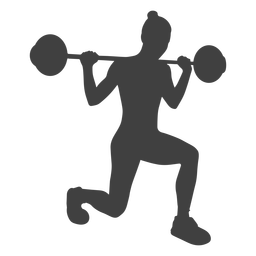
Option A: Full body/upper body/lower body OR lower body/upper body/full body
In this routine, you have full/upper/lower body workouts, which is a pretty well-rounded training split.
You can go about this split two ways; either starting your week with the full body workout or the lower body workout. Why does this matter? Your legs take longer to recover between workouts than your upper body given their overall size and the amount of punishment they take during training (if you’re working hard enough).
By having your full body and lower body workouts on opposite ends of your split (start and finish of the week), you’re giving yourself enough time to recover so you can perform optimally during your workouts.
Option B: Squat/bench/deadlift
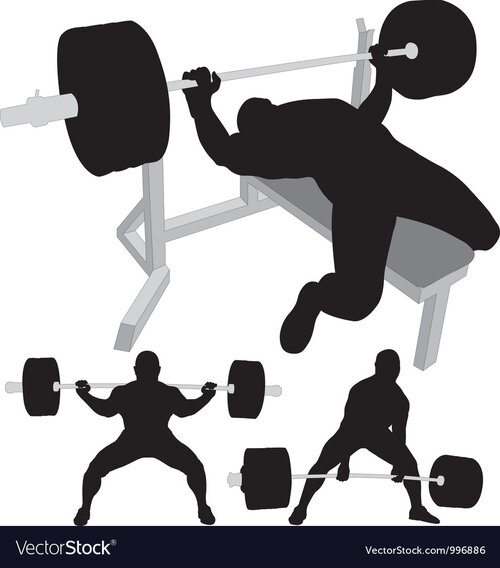
If you want to focus on the powerlifting movements, there’s nothing like splitting up your training with emphasis on the fundamental lifts.
One workout is squat-focused, with your accessory exercises pertaining to the supportive muscle groups used in the squat (hamstrings, quads, glutes, core, lower back).
Your next workout will be benching, with your accessory work revolving around the upper body including lots of triceps, upper back, and shoulder work.
The last workout of the week is all about the deadlift. This one is interesting because you can go a couple of directions here. Since the deadlift is such a posterior-dominant lift, your accessory work for the day can (and should) focus on either the upper or lower body, or both. After you deadlift, you can continue to work your hinge patterns with lower-back and hamstring-focused exercises including RDL’s, reverse hyperextensions, and good mornings. You can also work in some rows and horizontal pulling patterns to train your mid-back muscles (which are usually extremely undertrained with 99% of lifters).
4 x per week
(Mon/Tues/Thurs/Fri or Tues/Wed/Fri/Sat)
Option A: Upper/lower/upper/lower
This is one of my favourite splits because it’s simple enough to follow and gives you adequate time in the gym to see amazing results without over-training or over-complicating things. Many of my clients have gotten incredible results following a four-day split similar to the one below.
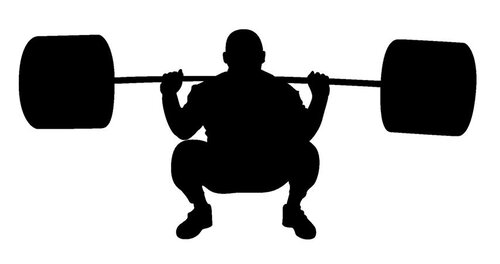
Day 1: Upper body strength-focused
Day 2: Lower body hypertrophy-focused
Day 3: Upper body hypertrophy-focused
Day 4: Lower body strength-focused
You don’t have to follow that exact routine. Remember…these are all just examples. There is no such thing as “the best training split” or “the best workout” for anything or anyone. What’s best is what’s best for you and your goals, making it optimal for you.
Option B: Push/pull/push/pull
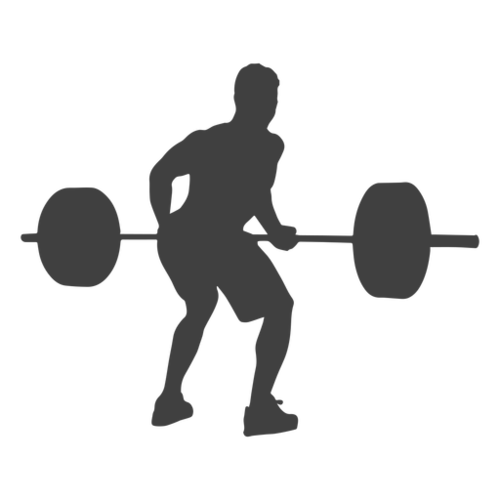
The simplicity is fucking real here. Two workouts devoted to pushing, two workouts devoted to pulling. You can divvy this up a couple ways.
You can make your workouts full body, focusing on upper and lower pushing and pulling motions on the same day. For example:
Day 1: Squat and overhead press
Day 2: Deadlift and pull-ups
Day 3: Lunge and bench
Day 4: RDL and rows
Keep in mind, this split isn’t optimal for strength gains since you won’t have adequate recovery to give all-out maximal effort on a routine like this. But if your goal is hypertrophy (muscle gain), it can be a viable option for you.
Or you can keep an upper/lower body split and follow something like this:
Day 1: Upper body push
Day 2: Upper body pull
Day 3: Lower body push
Day 4: Lower body pull
This routine works well for both strength and hypertrophy gains as you can recover efficiently between workouts and during your workouts to give max-effort to your lifts.
Again…the choice is yours. Just in keep in mind what your goals are and what would work best for you and your schedule.
Here is a general guideline for some possible training splits you might enjoy. Please keep in mind…they’re general. There is no “one size fits all” when it comes to programming or exercise selection.

Also…you’ll notice that 5 and 6 days per week training splits are split body. That’s because generally that is too frequent for most people to repeatedly lift heavy throughout the week. Their bodies and nervous system can’t take it.
Lifting that frequently throughout the week (for most people, generally speaking) is not optimal for a strength program. That doesn’t mean you can’t lift 5 days a week and not get stronger, but for most people, this is too frequent for your body and nervous system to sustain lifting heavy. Particularly if you’re a novice lifter who hasn’t had the years upon years’ experience of strength training that the elites have under their belt.
Those splits are more of a general “bodybuilding-style” routine…which I’m not exactly a huge fan of, but to each their own. If you like it, do it. It’s at least worth giving a shot so you can make your own judgement.
RELATED ARTICLE: ALL DEADLIFT TYPES AND WHICH ONE(S) YOU SHOULD BE DOING
EXERCISE SELECTION
Not to sound like a broken record, but the following examples are just examples, and for the purpose of this article, we’re keeping things general. While this is, in my opinion, a great starting point for most people, it isn’t the only way to look at things. With that being said, take in the following information, absorb what is useful to you, and discard what is not (as Bruce Lee would say).
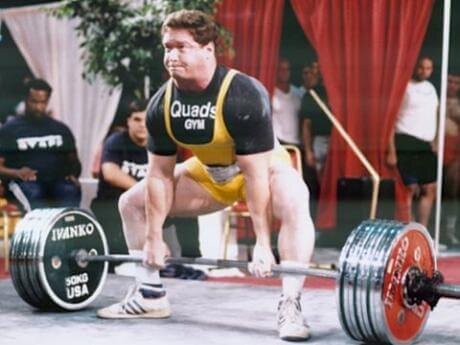
1st exercise: Compound lift
Strength-focused
Number of reps: 1-6
Number of sets: 3-5
Rest: 2-5 min
In a strength program, you’ll start your sessions with a compound lift. A compound exercise is a movement pattern that involves multiple muscle groups working together to execute the given lift. You’ll typically be performing anywhere from 1-6 reps here for strength gains, which means you’ll be lifting relatively heavy weight at the beginning portions of your workout to get things started.
Since you’ll be lifting heavy weight, your rest periods are going to be longer. Why? Lifting heavy shit takes a lot out of the body, which means you need to give not only your muscles, but your nervous system adequate time to recover before you can move on to your next set. Usually 2-5 min is enough time, but again, listen to your body and take the time you need until you’re ready to go.
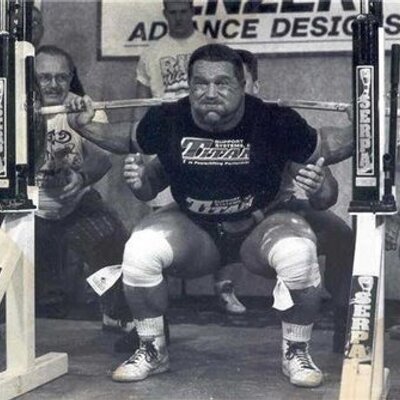
2nd exercise: Compound lift
Strength or hypertrophy-focused
Number of reps: 1-6 for strength or 6-10 for hypertrophy
Number of sets: 3-5
Rest: 2-5 min for strength or 1-2 min for hypertrophy
The second exercise of your workout will typically be either a strength or hypertrophy-focused movement, so you have some options in terms of which direction you want to go after your main lift.
For example, you might start your session with 3×5 squats before moving on to 5×5 deadlifts.
On the other hand, maybe you start your workout with a 3RM bench press before moving on to 4×8 close grip presses.
You are not limited to one way or the other here, both methods are great.

3rd exercise: Free weight or isolation exercise
Hypertrophy-focused
Number of reps: 8-15
Number of sets: 2-4
Rest: 45-90 sec
Now that you’ve finished your compound lifts, it time to get specific with some free weight and/or isolation work. Usually, the isolation work you do builds off what you were working during your initial compound lift(s).
What does that mean?
If you start the session with squats, it’s typically a good idea to work in some exercises for your glutes and hamstrings (since they’re some of the prime supporters of the squat). If you start your workout with heavy overhead presses, working in some triceps and delt work might not be a bad idea.

4th exercise: Free weight or isolation exercise
Hypertrophy-focused
Number of reps: 8-15
Number of sets: 2-4
Rest: 45-90 sec

5th exercise: Free weight or isolation exercise
Hypertrophy-focused
Number of reps: 8-15
Number of sets: 2-4
Rest: 45-90 sec

6th exercise: Isolation or corrective exercise
Hypertrophy or corrective-focused
Number of reps: 8-15
Number of sets: 2-4
Rest: 45-90 sec
The last exercise of the workout can be either something hypertrophy or corrective-focused.
What does “corrective” mean?
We all have imbalances and weaknesses, whether it’s one leg being stronger than the other, or one glute not being as “woke” as the other, or whatever the fuck your case may be. This part of the workout is completely individual to you and requires you to think about what you specifically need to work to improve on for yourself.
Finish your workout with something that specifically targets your imbalances or weaknesses by doing some mobility or unilateral (one-sided) exercises or isolation exercises to start developing those weaknesses into strengths.
How many exercises per workout?
These are very general guidelines below for what an average strength-training session should look like.

SOME THINGS YOU SHOULD DO…
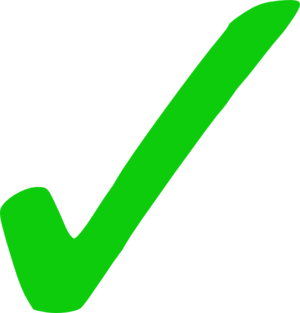
- 1 hour of hard work will beat 2 hours of half-ass work. Get the job done when you’re in the gym.
- You need to warm-up before every workout. That is an absolute must. Download my free warm-up guide here.
- Strength is built from completed reps, not failed ones. So leave your ego at the door and focus on performing full sets.
- Focus on recovery and sleep for optimal results and performance. Seriously. You cannot understate the importance of sleep and recovery, especially when it comes to getting stronger.
- Eat. Get your protein and calories in. Lifting takes a fucking toll on your body and you need to make sure you’re feeding your muscles adequate energy for performance and recovery.
SOME THINGS YOU SHOULD AVOID…
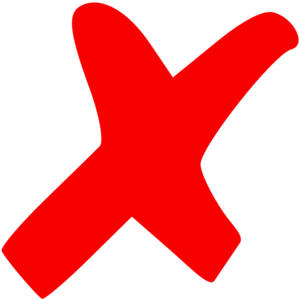
- Don’t skip your warm-up. Ever.
- Don’t let ego dictate your workout. Leave it at the door. The hot girl in the gym doesn’t give a flying fuck how much you’re squatting.
- Don’t “test” your strength by seeing how heavy you can lift every workout. You’ll burn out and fuck yourself up in the process.
- You don’t need to do a laundry list of exercises. You’re much better off performing 4-6 exercises with high intensity and high quality than 10-15 different exercises until fatigue with shitty form.


